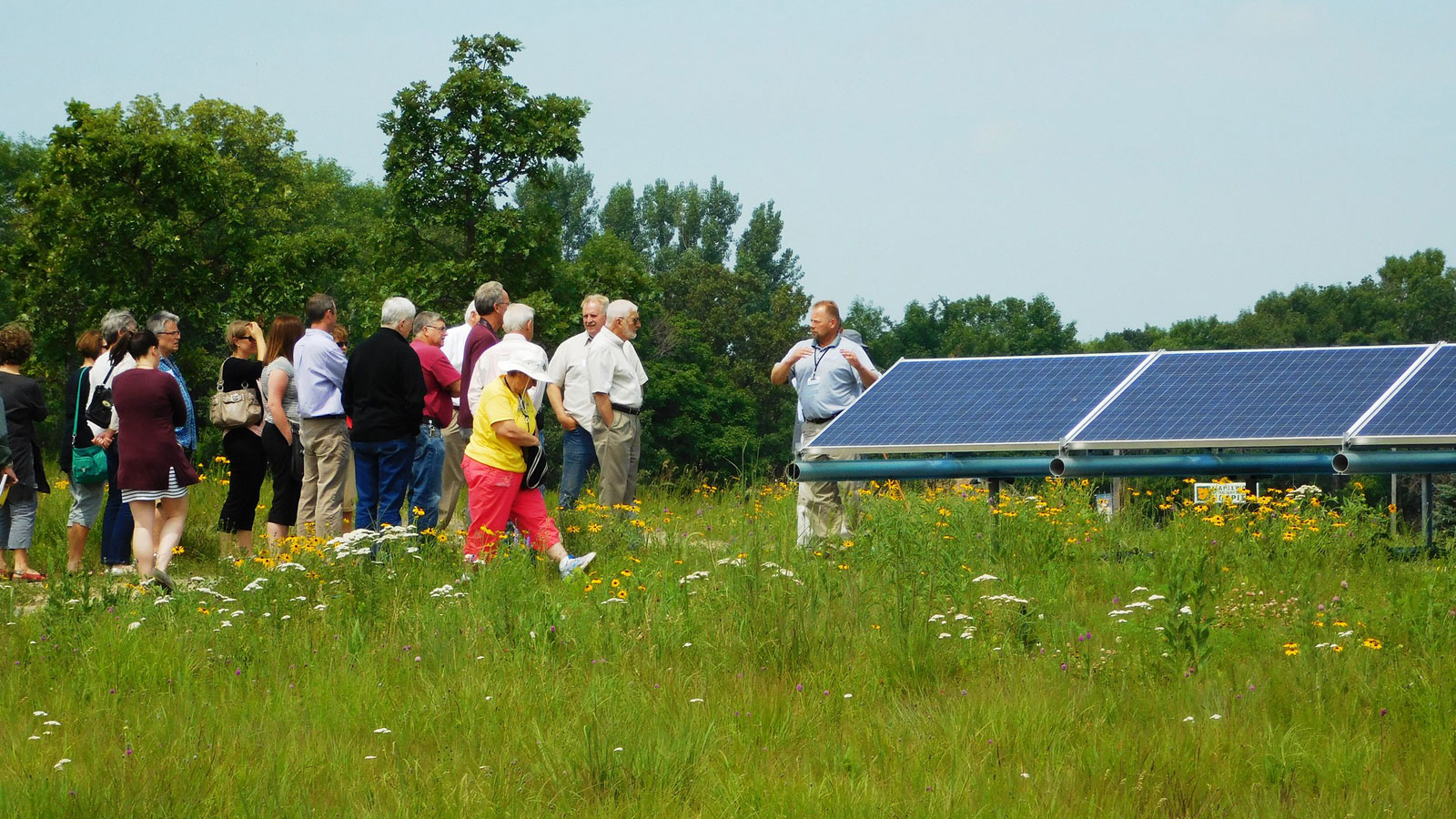Across much of rural America, electricity is provided by member-owned utility co-ops. They tend to be small – often serving just a few thousand customers.
“Electric co-ops are in the heartland of America … making communities work where you may not have ready access to everything you get in a big city,” says Jill Cliburn, president of Cliburn and Associates, a New Mexico-based consultancy.
Her group has been working to help rural utility co-ops use more solar energy and battery storage.
She says rural utility co-ops often lack the capacity and knowledge needed to start new projects.
“They have boards of directors, which are very capable people in the community, but they come from a variety of backgrounds,” she says. “So they may not be engineers. They may be somebody from the school district, somebody from a private business.”
So her team has been creating online resources that introduce rural co-ops to how the clean energy industry works and guide them through the initial steps of planning and purchasing.
She says rural America’s wide-open spaces are ideal for generating wind and solar electricity. So she wants to make sure rural communities benefit from the transition to clean energy.
Also see: An introduction to the state of solar power in the U.S.
Reporting credit: Sarah Kennedy/ChavoBart Digital Media
Source link


